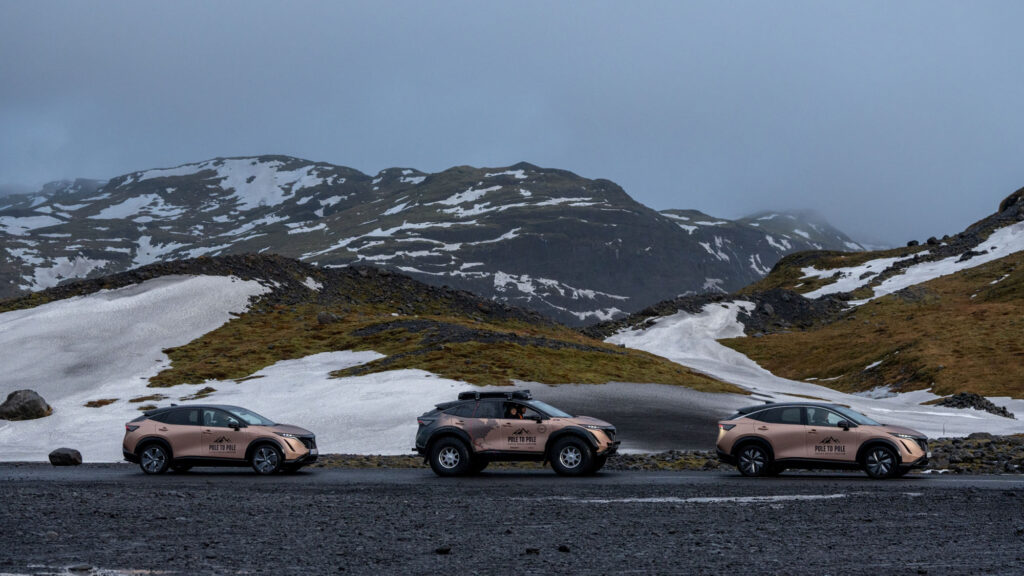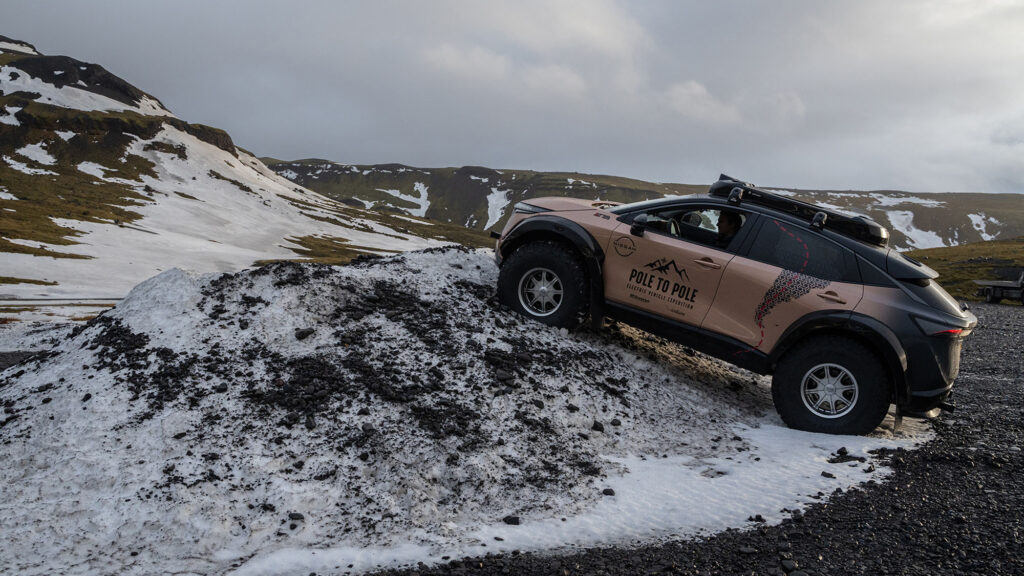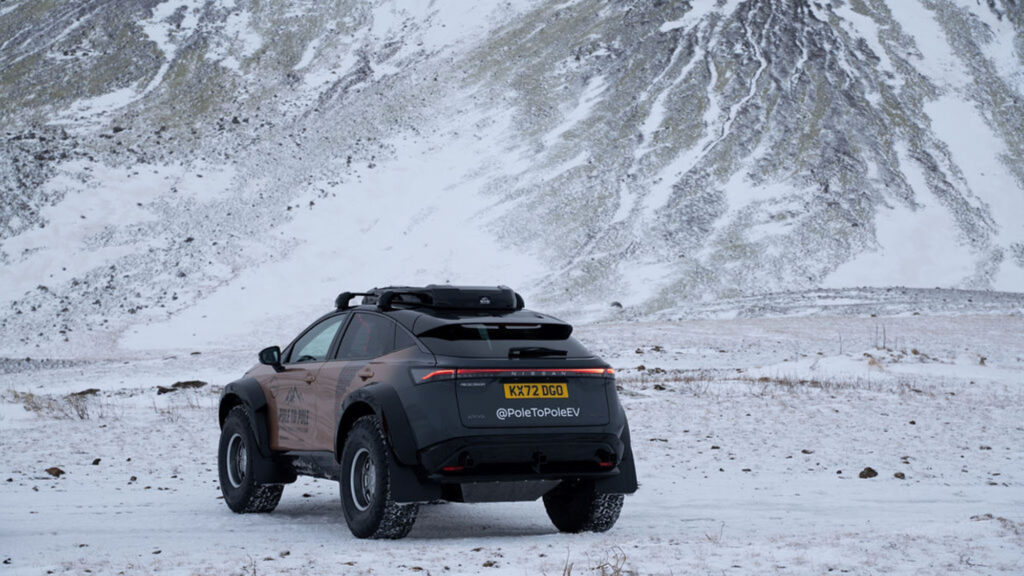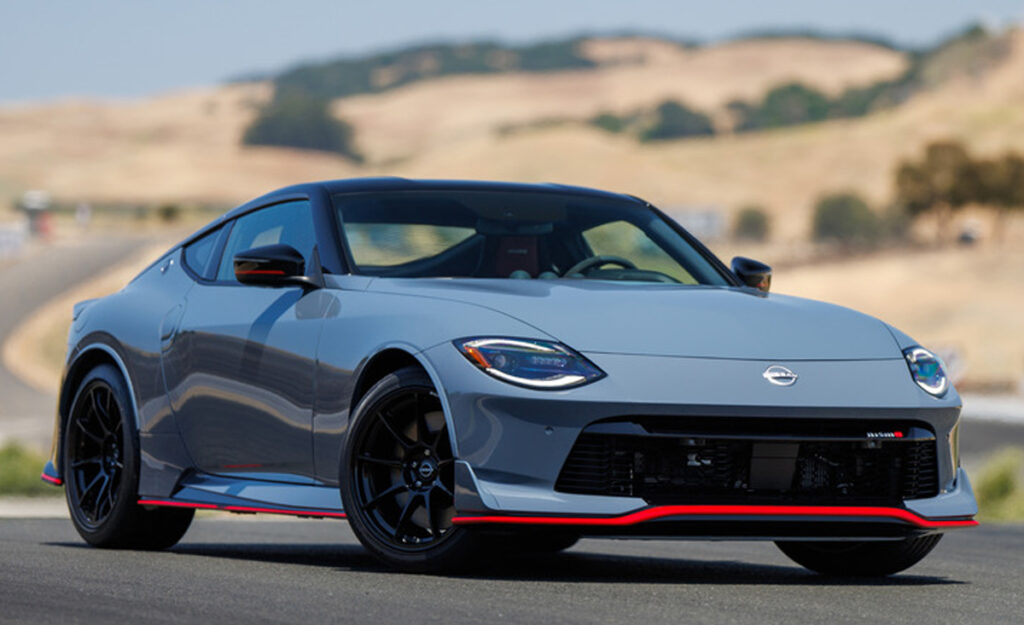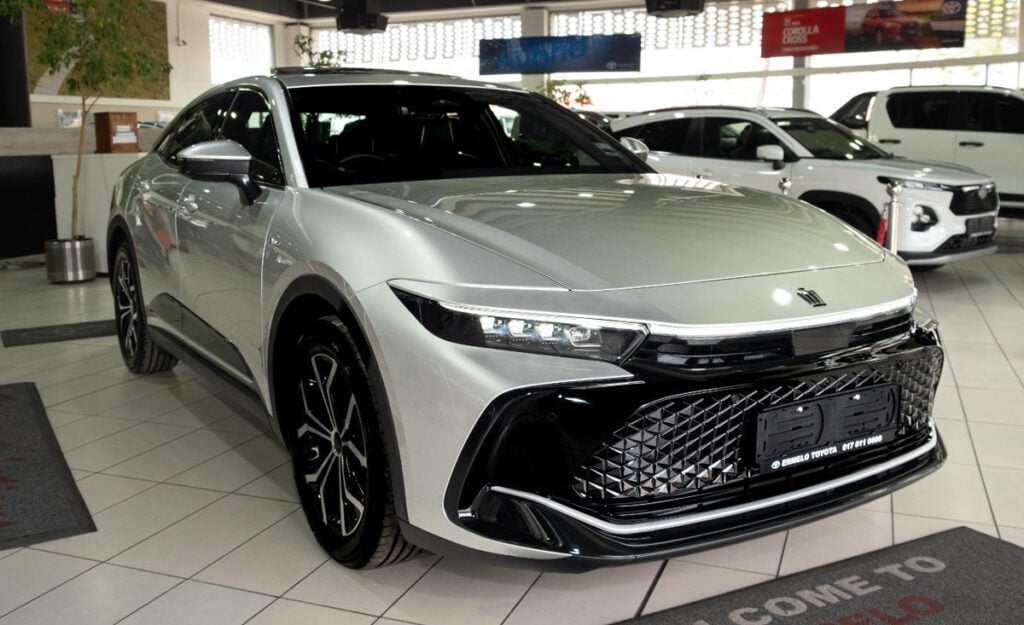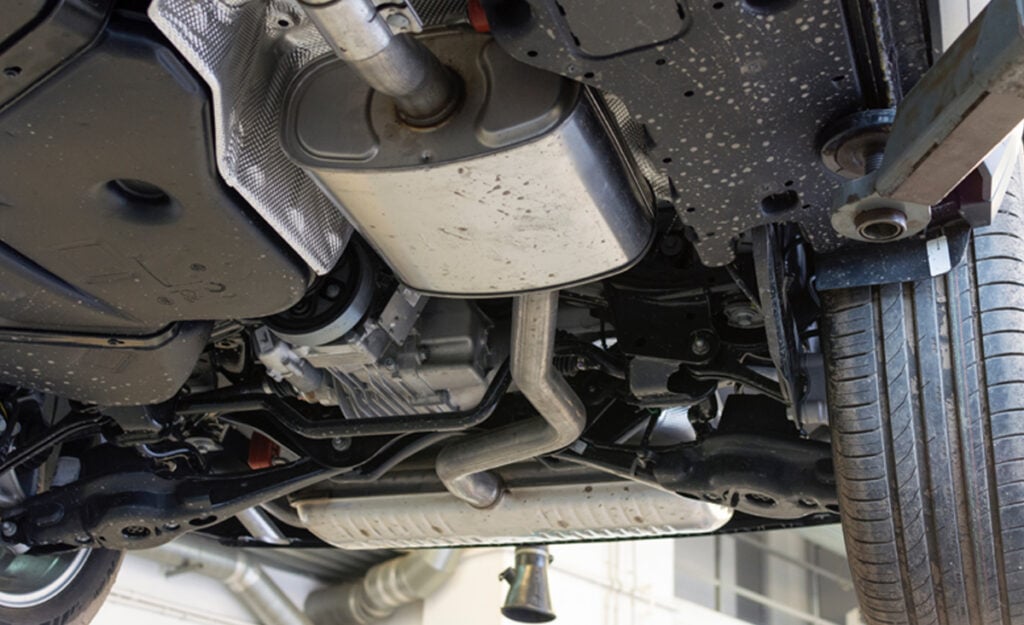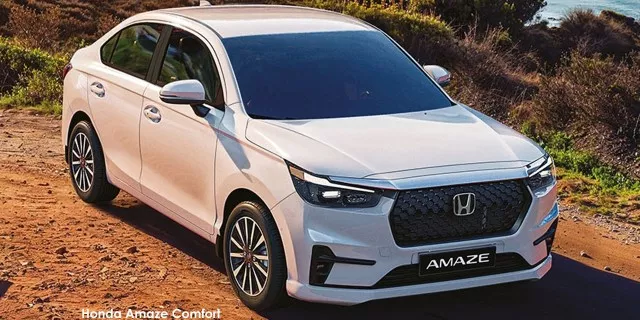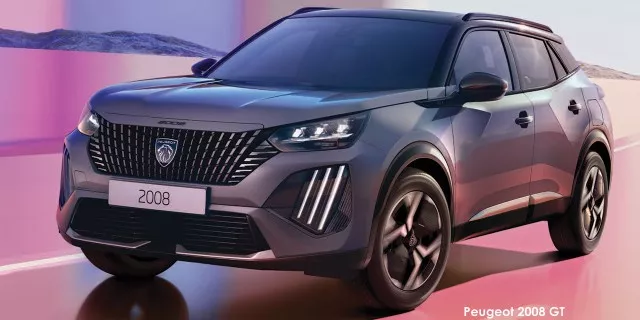Nissan sends electric SUV on world-first 27,000km adventure
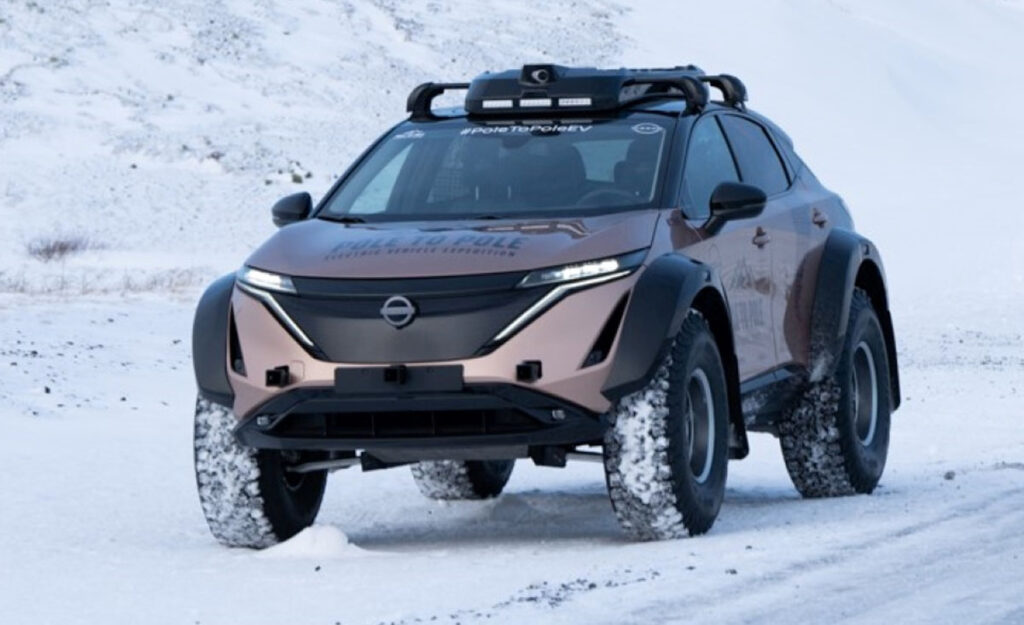
Nissan is sending a purpose-built example of its battery-electric Ariya SUV on a 27,000km road trip from the magnetic North Pole to the South Pole to prove that electric vehicles (EV) are just as capable as their internal-combustion-engine forebears.
Kicking off in March, the adventure will see the Ariya traverse extreme terrains and environments including ice fields, deep snow, steep mountain climbs, and inhospitable desert dunes in the hands of British couple Chris and Julie Ramsey.
The pair will travel through 14 countries starting at the Arctic and driving through to North, Central, and South America, before finally crossing to Antarctica.
“No person or vehicle has ever completed this epic journey, and the Aberdeen pair will do so under electric power in an all-electric Nissan Ariya,” said the manufacturer.
“The expedition will raise awareness of the climate crisis and the critical role electric vehicles can play in reducing our carbon footprint.”
Rugged upgrades
The specially-made Ariya was produced in partnership with Arctic Trucks, a firm with expert know-how in polar expedition vehicles with models such as the Isuzu D-Max Arctic Trucks edition.
For the upcoming expedition, the electric Nissan SUV was modified with bespoke off-road suspension and widened wheel arches that are able to accommodate the significantly-upsized 39-inch BF Goodrich tyres.
“When coupled with e-4ORCE, Nissan’s advanced electric all-wheel-control technology, these modifications will enable the expedition car to tackle extreme terrains whilst giving Chris and Julie the necessary comfort and control to reach the South Pole,” said the automaker.
Additionally, the EV has a specially-integrated espresso machine for its occupants to enjoy a cup of joe on the go, as well as a “utility unit” on the roof that serves as a take-off and landing spot for the adventurer’s drone.
The final innovation is a portable, renewable energy charger that will be used to refill the Ariya in polar regions.
“The towable prototype includes a packable, lightweight wind turbine and solar panels that will take advantage of high winds and long daylight hours to provide charge for the EV’s battery when Chris and Julie stop to rest,” said Nissan.
However, to demonstrate “just how capable and versatile the production Ariya is” the drivetrain and batteries have been kept bog standard.
As such, the SUV is driven by twin electric motors with a combined output of 290kW and 600Nm, themselves powered by an 87kWh battery module.
The configuration allows a 580km total driving range in optimal conditions, though freezing temperatures aren’t exactly the best scenario.
This means that, at minimum, the SUV will have to be recharged at least 47 times before it reaches its final destination.
